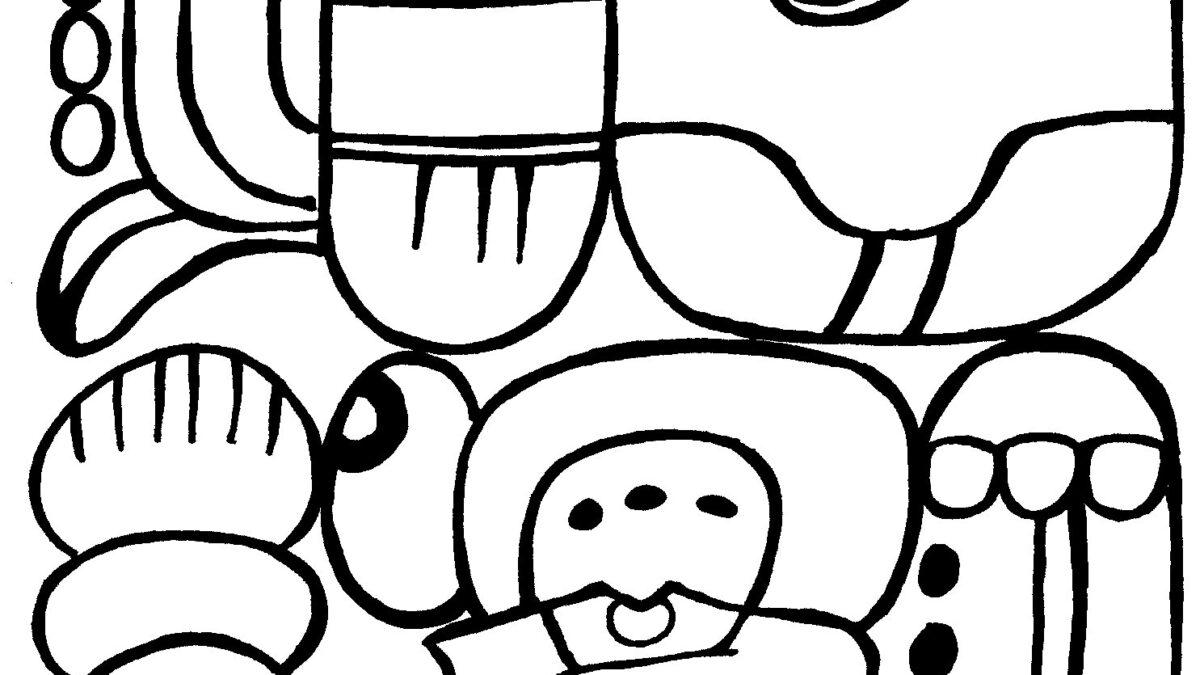A Guide to Kaqchikel
The Mayan languages are a major branch of more than 30 languages spoken in Mexico and Central America. The languages all have a common source language, called proto-Maya by linguists, which was probably spoken near the Mexican-Guatemala border as long as 4000 years ago. This means the roots of modern Mayan languages are at least as old as any other world language.
In Guatemala, 21 Mayan languages are spoken, and around half the population of the entire country speaks a Mayan language as the first language. The language spoken in and around Antigua is Kaqchikel Maya, which has around 500,000 speakers. The geographic area where Kaqchikel Maya is natively spoken extends from Guatemala City east to the northern and eastern shores of Lake Atitlan, throughout the departments of Guatemala, Sacatepéquez, Chimaltenango, Sololá, and Suchitepéquez.
Given that Kaqchikel in particular is an important language in and around Antigua, tourists and long-term residents both will find it rewarding to take some time to learn more about and show appreciation for the language and its speakers. Here are several suggestions:
- Take Kaqchikel classes! Several languages schools in town can connect students with Kaqchikel teachers with advance notice. As one example, the Proyecto Linguistico Francisco Marroquin school has been doing this for decades. Kaqchikel has a very strong presence on Facebook and social media as well, and it is very easy to find on-line learning communities there or connect with teachers willing to provide classes either in-person or on-line.
- Learn the names of places! Almost all the official names of towns and communities in Guatemala are colonial impositions, often a hybrid of Catholic saint names and words taken from the Nahuatl language of Mexico, as invading colonial Spanish forces brought many Nahuatl speakers with them on the march down from Mexico. For example the Kaqchikel town of Pa K’im (place full of straw or grasses) is now known officially as Santiago Sacatepéquez (Nahuatl sacatepéquez meaning grassy hill). However all the original Kaqchikel names are still in active use among native speakers. Using them can be an important sign of respect and acknowlegment.
| Town | Kaqchikel Name |
| Santiago Sacatepequez | Pa K’im |
| Santa Maria de Jesus | Junajpu’ |
| Chimaltenango | B’oko’ |
| Tecpan | Iximche’ |
| Patzun | Pa Su’m |
| Comalapa | Chiq’a’l |
- Learn basic greetings in Kaqchikel! This is a great way to show respect and when interacting with businesses in the market, as most vendors come from Kaqchikel-speaking towns around Antigua. Kaqchikel doesn’t have a habitual generic “hello” phrase so saying “good morning” and so on is the best form of greeting.
| Phrase | Kaqchikel |
| Good morning | Xseqär |
| Good afternoon | Xqa q’ij |
| Good evening | Xok aq’a’ |
| How are you? | ¿La utz awäch? |
| Thank you | Matyöx |
A Guide to Kaqchikel -Written by Peter Rohloff


